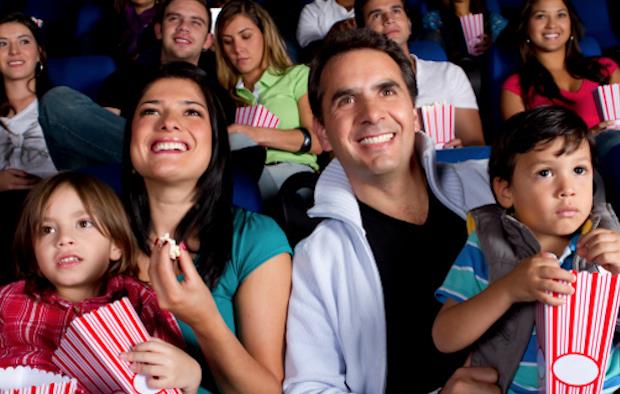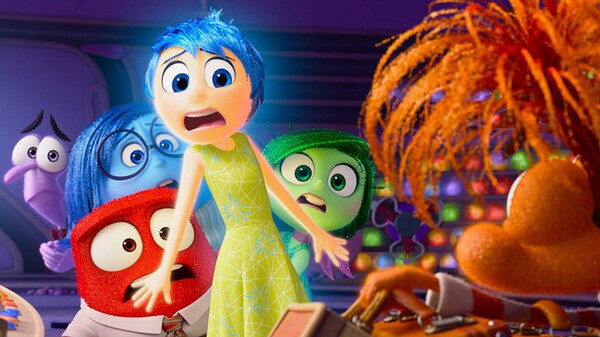Film and Family: Recommended Films to Watch Together
Film and Family: Recommended Films to Watch Together, edited by Sentieri
del Cinema, Itaca 2011, € 10. (Original Title: Cinema e famiglia: proposte
di film da guardare insieme).
The publisher Itaca has put together a list of 55 films to watch as a
family in a convenient, compact book of just over 100 pages. The book is
edited by the cultural association Sentieri del Cinema, with the title
Cinema e famiglia: proposte di film da guardare insieme (Film and Family:
Recommended Films to Watch Together). The preface is written by Domenico
Pompili, Director of the National Office of Social Communications for the
Italian Bishop’s Conference (CEI). The various contributors to the book
include Beppe Musicco, president of Sentieri del Cinema, Daniela Persico,
film critic and teacher, Antonio Autieri, director of the magazine Box
Office. An interview of the psychotherapist Guido Banzatti is even
included.
The films are grouped into four main categories: The Family as a Gift for
the Community, The Child-Parent Relationship, Growing Together, and Family
and Personal Identity. Each review is about a page long, in addition to the
basic film details listed. A brief synopsis and comment are included, with
a description of the ideal target audience according to three age-groups:
11, 14, all ages. The selection is quite diverse, varying from classic
black and white films (How Green Was My Valley, It’s a Wonderful Life, The
Kid, etc.) to the most recent productions (such as The Blind Side, The
Concert, and Toy Story 3). There are six animated films and a collection of
series (The Chronicles of Narnia); but there are also films by Academy
Award Directors (Kieslowski’s The Decalogue, or Dardenne’s La Promesse).
The director with the most films is Tim Burton (with Edward Scissor Hands,
Big Fish, and Willy Wonka and the Chocolate Factory), while Capra,
Spielberg and Benigni come in second, each with two films that made it on
the list. The book even includes a western (3:10 to Yuma) and a documentary
(The Story of the Weeping Camel). A neo-realist film is represented by
Bicycle Thieves.
The book of course does not pretend to have an exhaustive character on the
immense topic it touches upon. It merely offers suggestions of films in an
easily understood language, primarily keeping parents in mind. It seems
only right to congratulate an initiative like this. With a positive
approach toward cinema, it aims to bring out the advantages of the
influence that this medium has acquired in today’s education. As the
authors say, “watching a film together as a family can become a precious
occasion. Through a means that has a strong communicative and artistic
impact, it can offer children and teens basic criteria, which arise from a
comparison between what is seen and what is experienced, in light of the
most genuine and profound needs of the person.”














